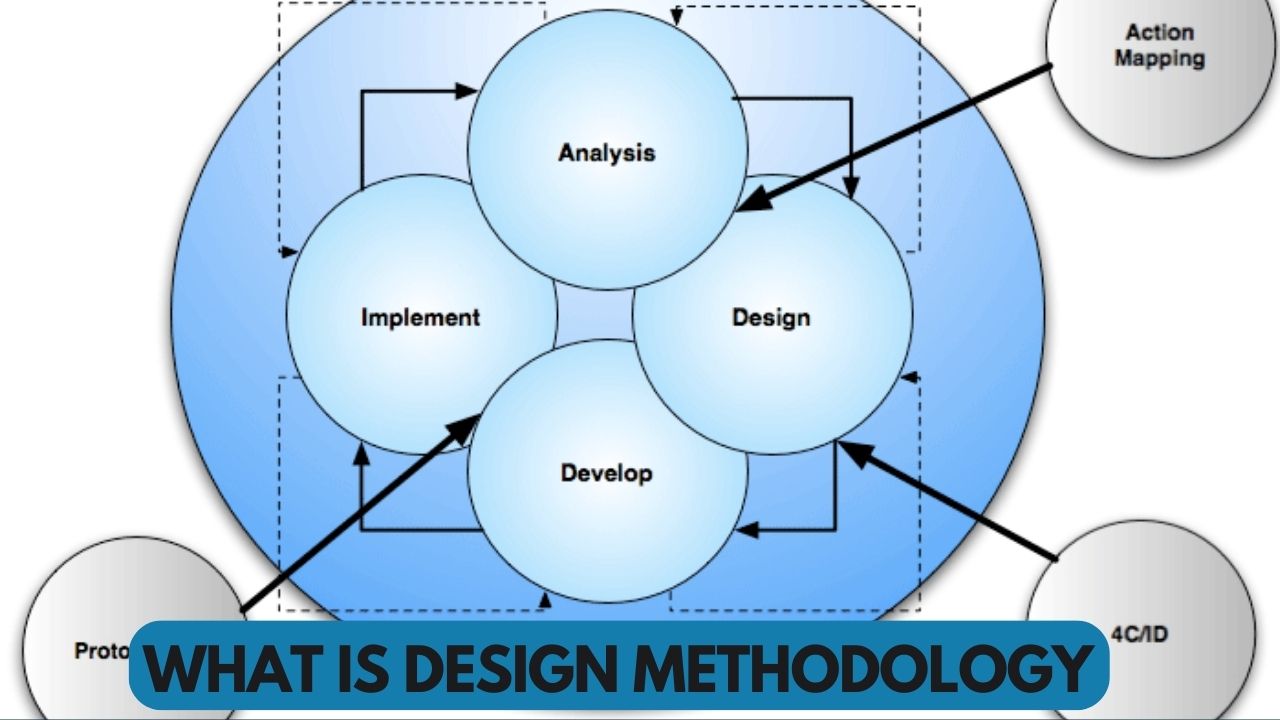What is Design Methodology?
Design methodology refers to the systematic approach or set of principles and guidelines that designers follow during the process of creating a product, system, or solution. It provides a structured framework for designers to move from the initial problem statement to the final product. Different design methodologies may be more suitable for specific types of projects or industries. Here are some common design methodologies:
Common Design Methodologies:
Waterfall Model:
- Linear and sequential approach.
- Progression through defined phases: requirements, design, implementation, testing, deployment, and maintenance.
- Each phase must be completed before moving on to the next.
Agile Methodology:
- Iterative and incremental approach.
- Emphasizes flexibility and adaptability to change.
- Work is divided into small increments with minimal planning and delivered in short time frames (sprints).
- Regular collaboration with stakeholders.
Design Thinking:
- Human-centered approach focused on understanding the end-users.
- Empathize, Define, Ideate, Prototype, Test (commonly represented in a circular, non-linear process).
- Encourages creative problem-solving and iteration.
Lean Design:
- Minimizes waste of resources and focuses on value-added activities.
- Continuous improvement and customer feedback are key.
- Emphasizes efficiency in the design and production process.
User-Centered Design (UCD):
- Focuses on the needs and preferences of end-users.
- Involves users in the design process through research, testing, and feedback.
- Iterative design based on user input.
Spiral Model:
- Combines aspects of both the waterfall model and prototyping.
- Iterative cycles that include risk analysis, prototyping, and testing.
- Progressively refines the product with each iteration.
Rapid Prototyping:
- Quick creation of a scaled-down version of a product for testing and evaluation.
- Allows for early user feedback and iteration.
- Can be part of various design methodologies.
Parallel Design:
- Multiple design teams work concurrently on different aspects of a project.
- Promotes creativity and diversity of ideas.
- Teams collaborate to integrate their designs into a cohesive final product.
Incremental Model:
- Similar to the waterfall model but emphasizes the delivery of a functional product in increments.
- Each increment adds new features or improvements.
V-Model (Verification and Validation Model):
- Extension of the waterfall model.
- Corresponds testing phases to development phases.
- Ensures that each stage of development has corresponding testing activity.
The choice of design methodology depends on factors such as project requirements, complexity, timeline, and team dynamics. Often, a combination of methodologies or a tailored approach is used to meet specific project needs.

